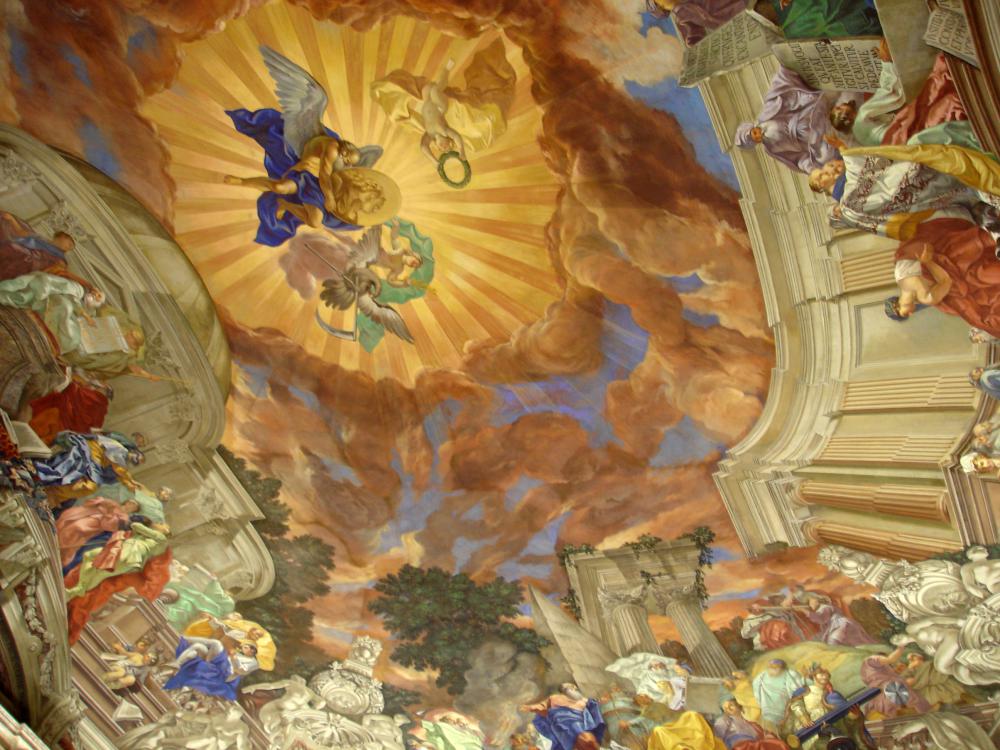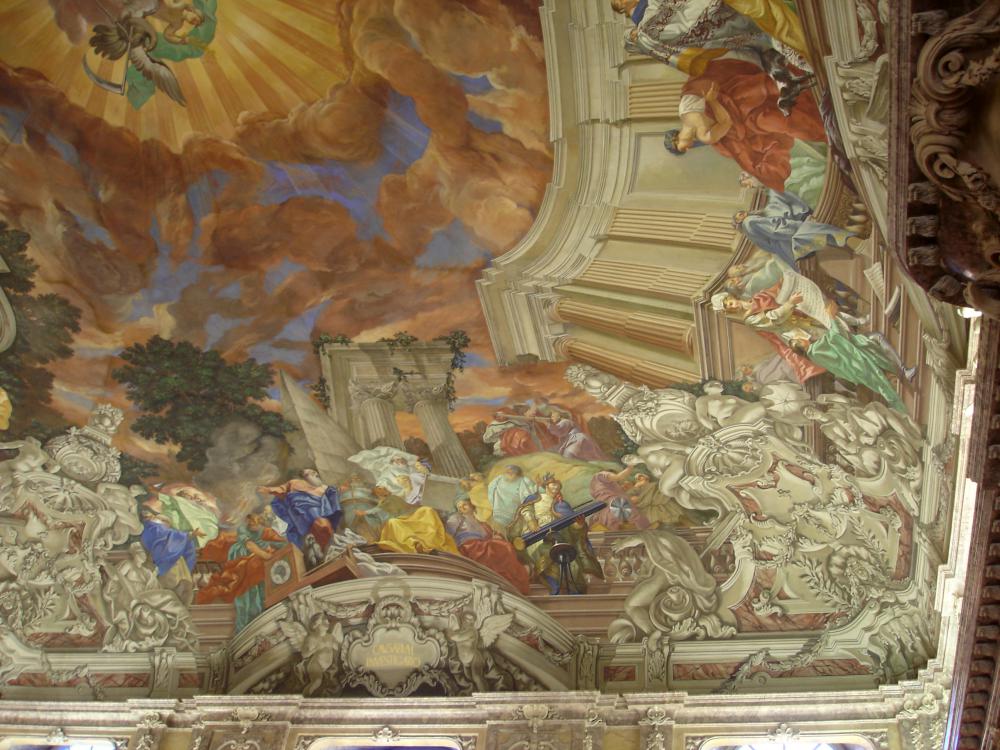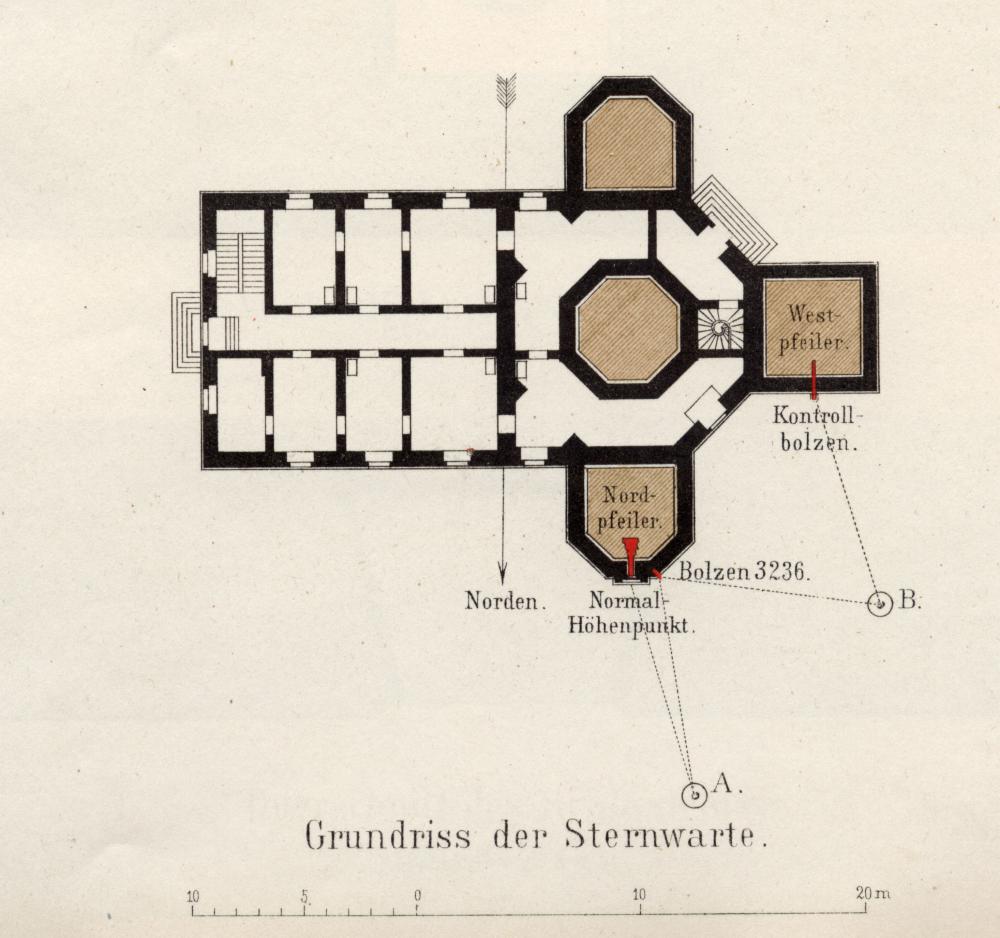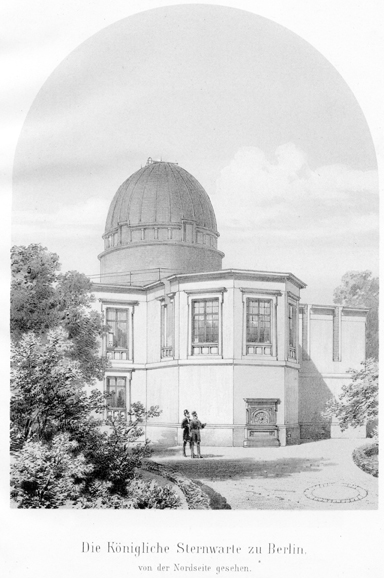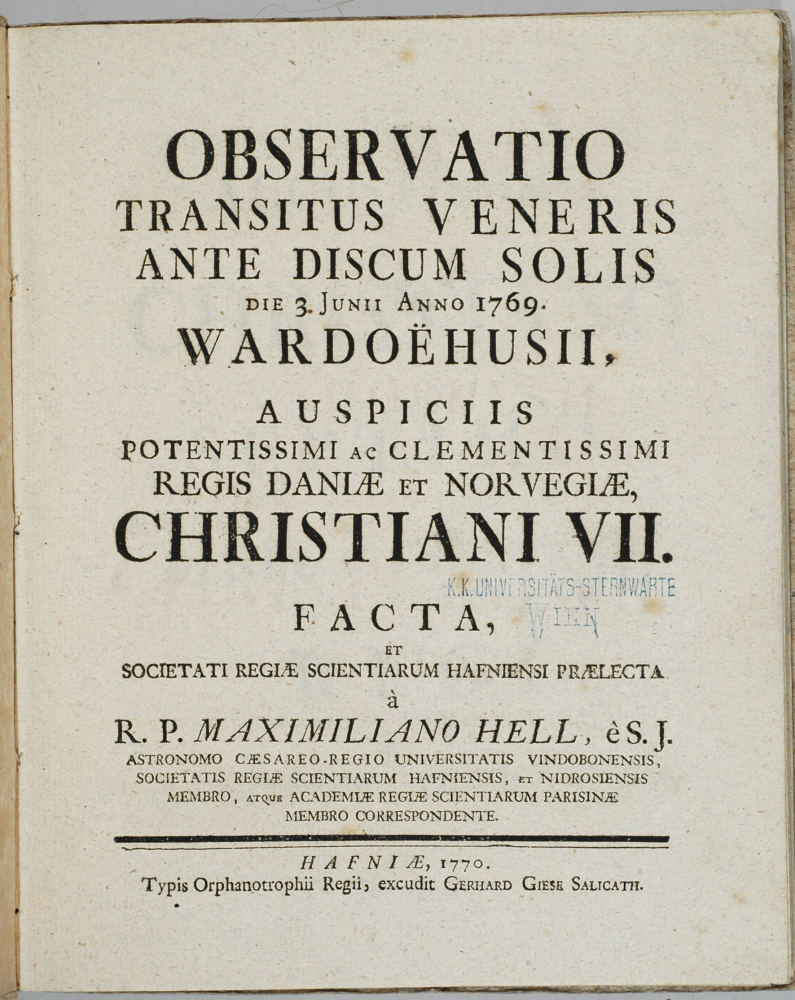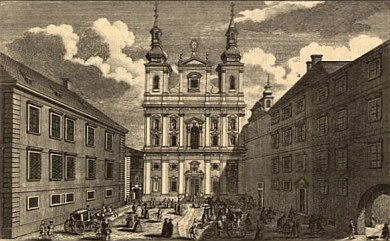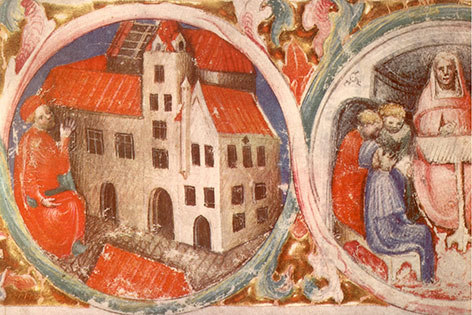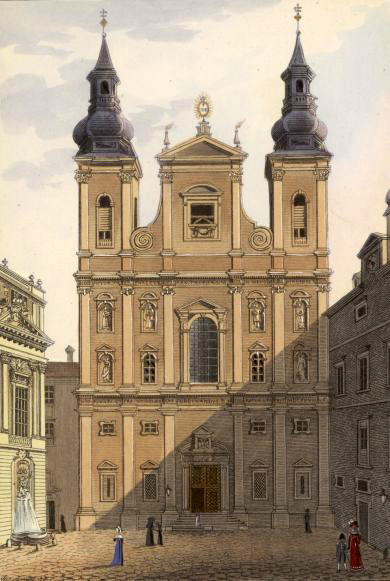
Category of Astronomical Heritage: tangible immovable
Old University Observatory Vienna (before 1879), now Academy of Sciences), Austria

Description
Geographical position
Old Vienna University Observatory (1754--1879), (before 1879), Dr. Ignaz Seipel Platz,
1. Bezirk, Vienna, Austria (Wien, Österreich) -- today Austrian Academy of Sciences
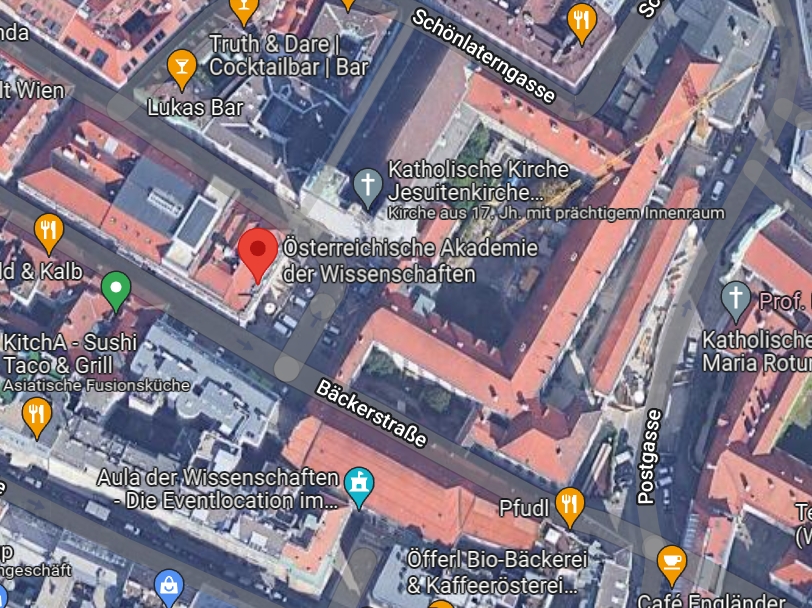
Fig. 0. Old Vienna University Observatory (1753--1879), today Austrian Academy of Sciences, Dr. Ignaz Seipel Platz, and Jesuit church (Google maps)
See also: Observatories in Vienna in the 18th and 19th Century:
- Marinoni Observatory, Mölkerbastei, Vienna (1720s)
- Vienna Jesuit Observatory (1733)
- Kuffner Observatory, Vienna-Ottakring (1886)
- Vienna University Observatory, Wien-Währing (1879)
Location
Latitude +48°12’30’’N, Longitude -16°22’39’’E, Elevation 171m above sea level
IAU observatory code
545
Description of (scientific/cultural/natural) heritage
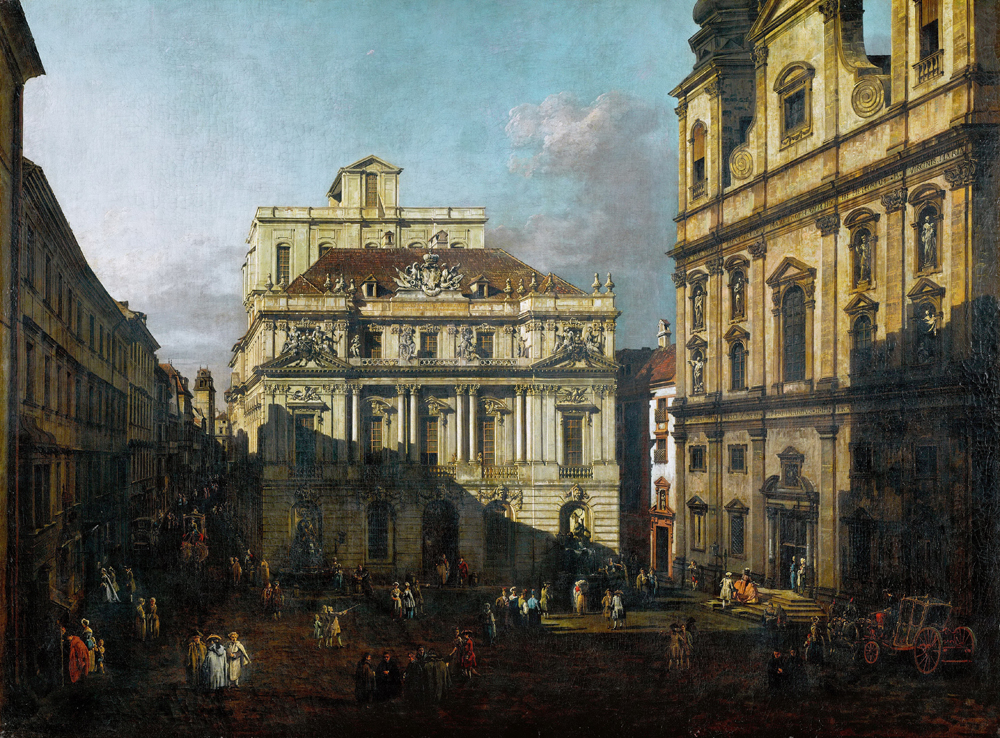
Fig. 1. Old Vienna University Observatory (1753--1879), today Austrian Academy of Sciences (to the right the Jesuit church), (Bernardo Bellotto (Canaletto) 1759, Kunsthistorisches Museum Wien, Archiv der Universität Wien, Bildarchiv Signatur: 106.I.266)
Johann Joseph Graf von Trautson zu Falkenstein (1707--1757) in his function as Protector of theological and philosophical sciences at the University of Vienna, suggested to Empress Maria Theresa (1717--1780) to build an observatory for the university. In 1753, on the roof of the university building (today the seat of the Austrian Academy of Sciences at Dr. Ignaz Seipel Platz), next to the Jesuit Church, an observatory was erected, which had first light in 1756. The University Observatory building was a four-story, timber construction.
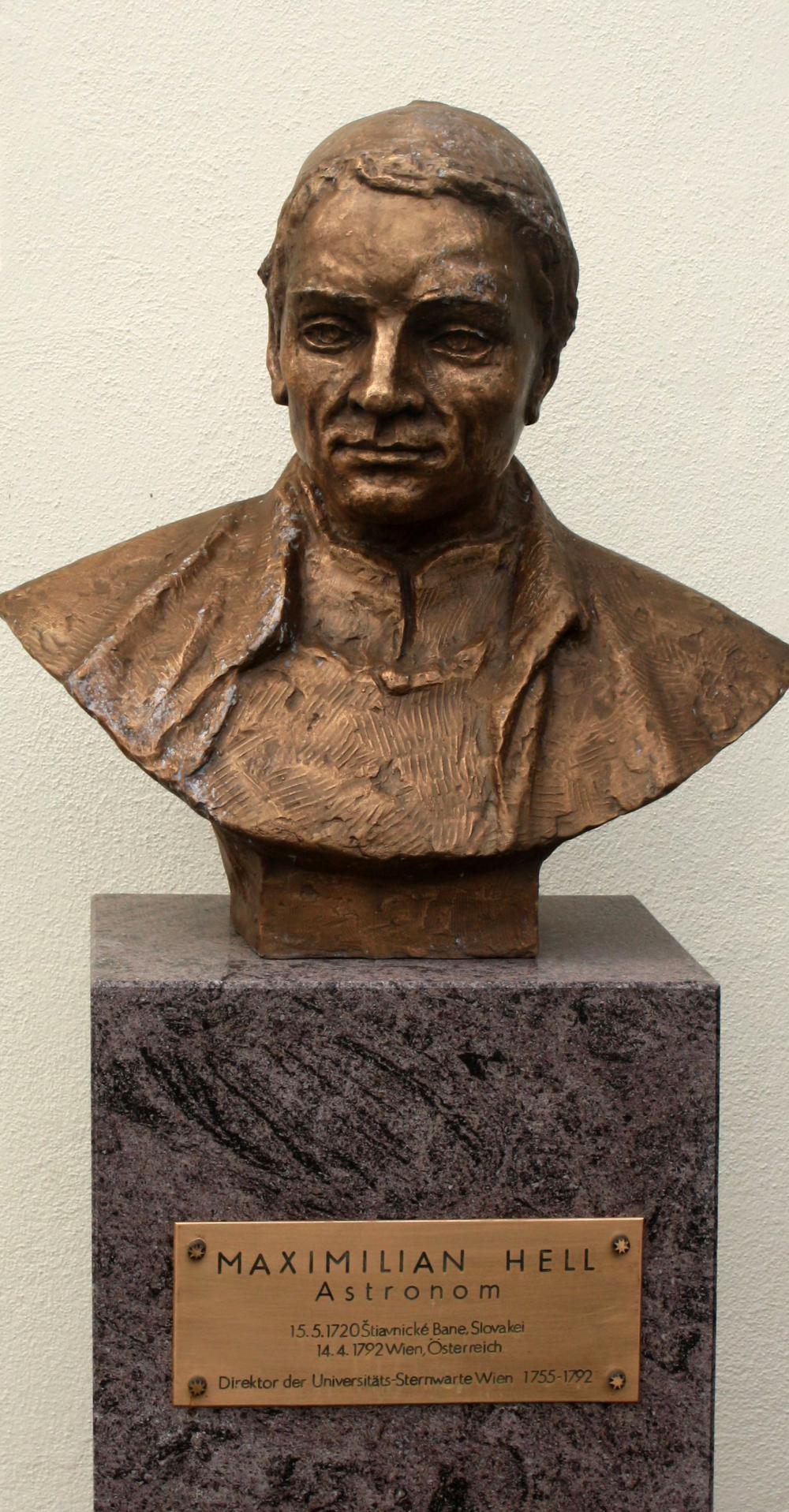
Fig. 2a. Maximilian Hell (1720--1792), first director of the Vienna University Observatory in 1755, monument in the cemetary Maria-Enzersdofer Romantikerfriedhof (Wikipedia, CC3, Karl Gruber)

Fig. 2b. Maximilian Hell’s Observatio Transitus Veneris ante Discum Solis Die 5ta Junii 1761 (Vindobonae 1762), (Universitäts-Sternwarte Wien)
As the successor to the court astronomer Johann Jakob Marinoni (1676--1755), the Jesuit Father Maximilian Hell (1720--1792), only 35-year-old, was called as first director of the University Observatory in 1755. He published the astronomical tables Ephemerides astronomicae ad meridianum Vindobonensem, 37 volumes with the ephemerides for the years 1757 to 1792.
Hell became famous, because he observed the Transit of Venus in Vardø (northern Norway) in 1769 on the invitation of the Christian VII (1749--1808), King of Denmark-Norway and Duke of Schleswig and Holstein. From observations of the Transits of Venus in 1761 and 1769 collected worldwide, Hell calculated the distance between the Sun and Earth (1 AU, Astronomical Unit) to be 152 million km (the modern value is 149.6 million km).
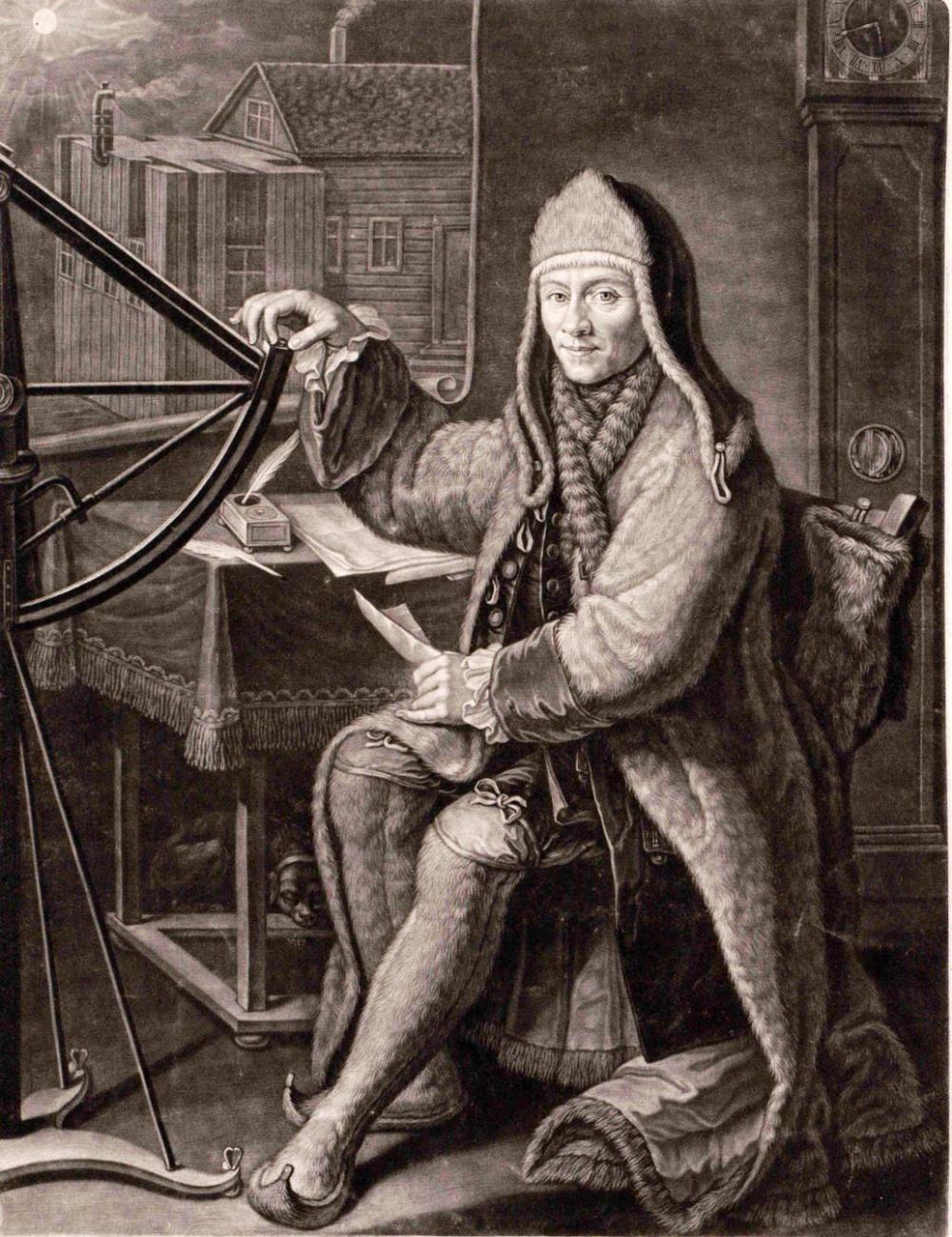
Fig. 2c. Maximilian Hell (1720--1792) in Lapp Costume with a quadrant and pendulum clock in Vardø, (├ûNB/Wien Bildarchiv PORT_00077480_01)
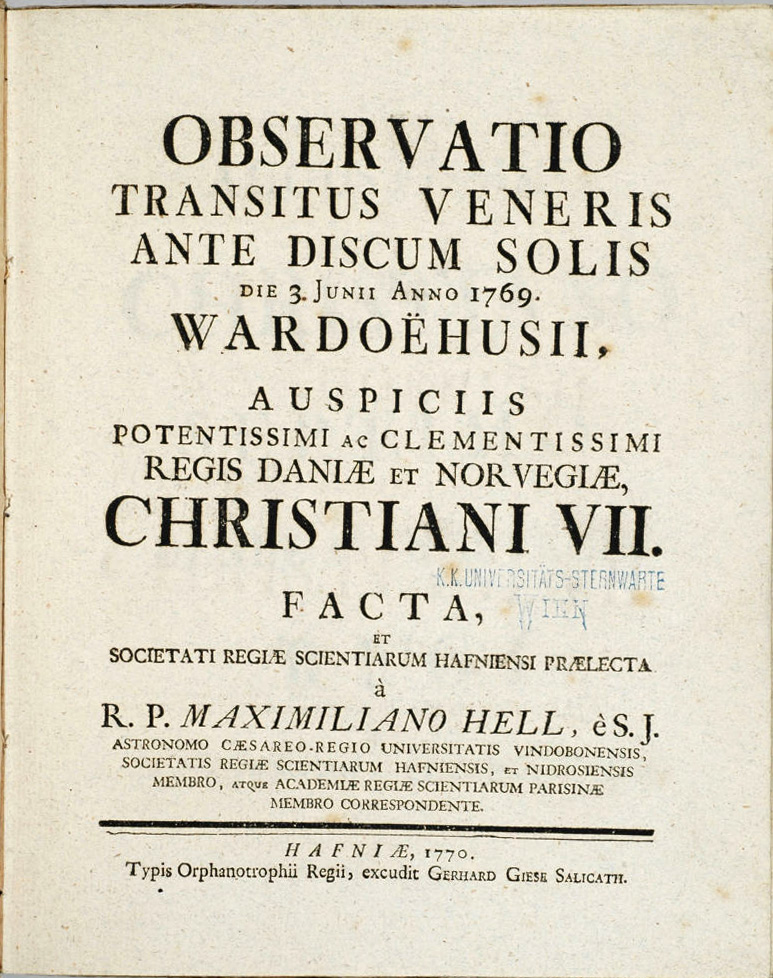
Fig. 2d. Father Maximilian Hell’s Observatio Transitus Veneris ante discum Solis die 3 Junii anno 1769 (Vindobonae 1770, Fachbereichsbibliothek Astronomie, Universität Wien)
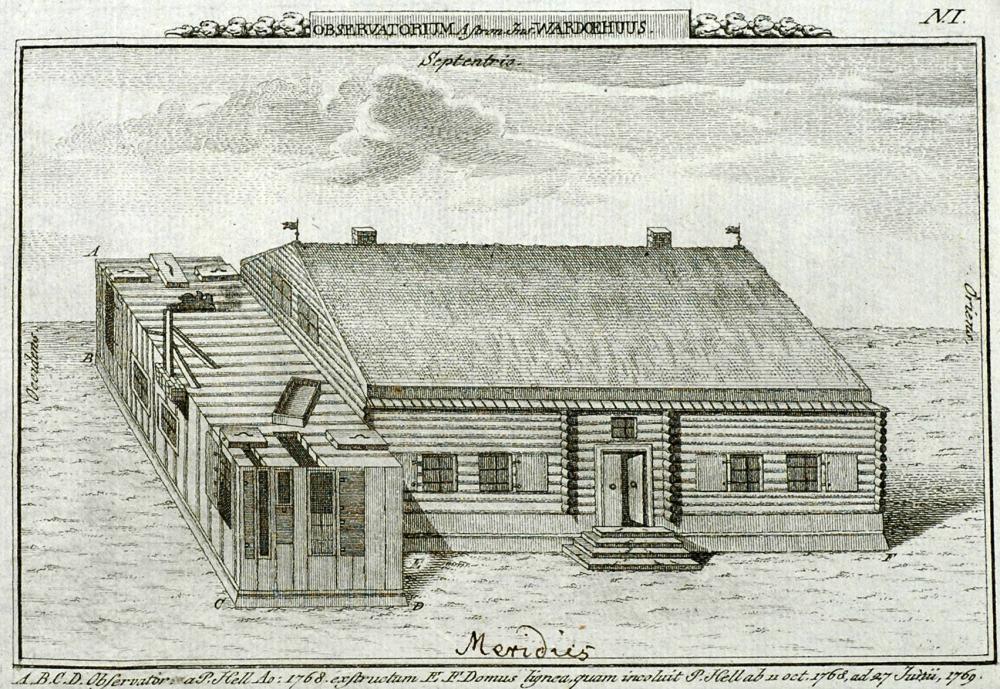
Fig. 2e. The observatory of Maximilian Hell in Vardø, Norway (1769), (Observatio Transitus Veneris ante discum Solis die 3 Junii anno 1769, Vindobonae 1770)

Fig. 2f. Maximilian Hell’s calculations and observations of the Venus Transit of 1769, as shown in Observatio Transitus Veneris ante discum Solis die 3 Junii anno 1769 (Vindobonae 1770), (Universitäts-Sternwarte Wien)
Because of the unfavorable observing conditions in the center of Vienna, which only permitted a low level of astronomical activity, the astronomers working at the observatory, under the leadership of Joseph Johann von Littrow (1781--1840), the next director of Vienna Observatory from 1819 to 1840, demanded a relocation to the outskirts of the city as early as 1800. But the requested new observatory building was not approved.
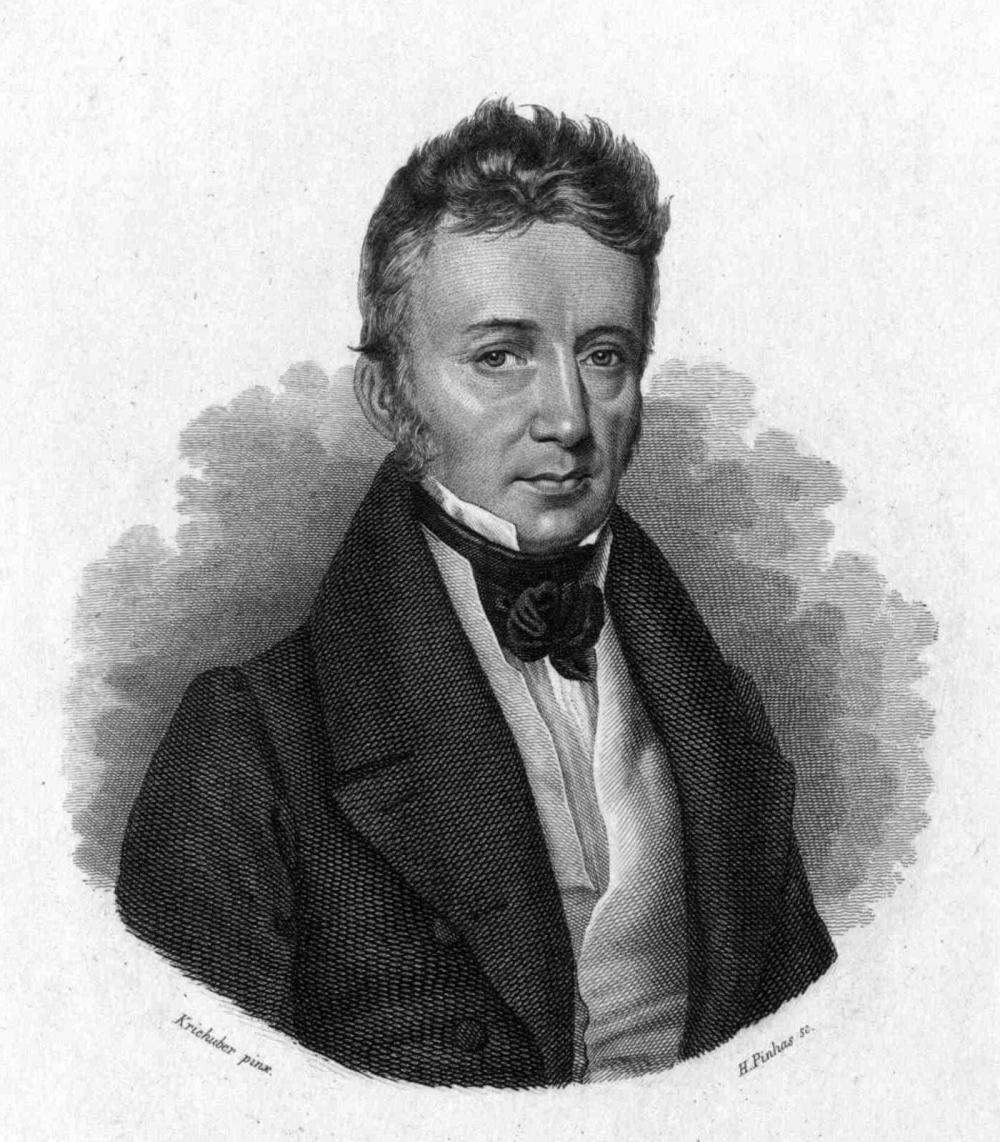
Fig. 3a. Joseph Johann von Littrow (1781--1840), second director of Vienna Observatory from 1819 to 1840 (Wikipedia)
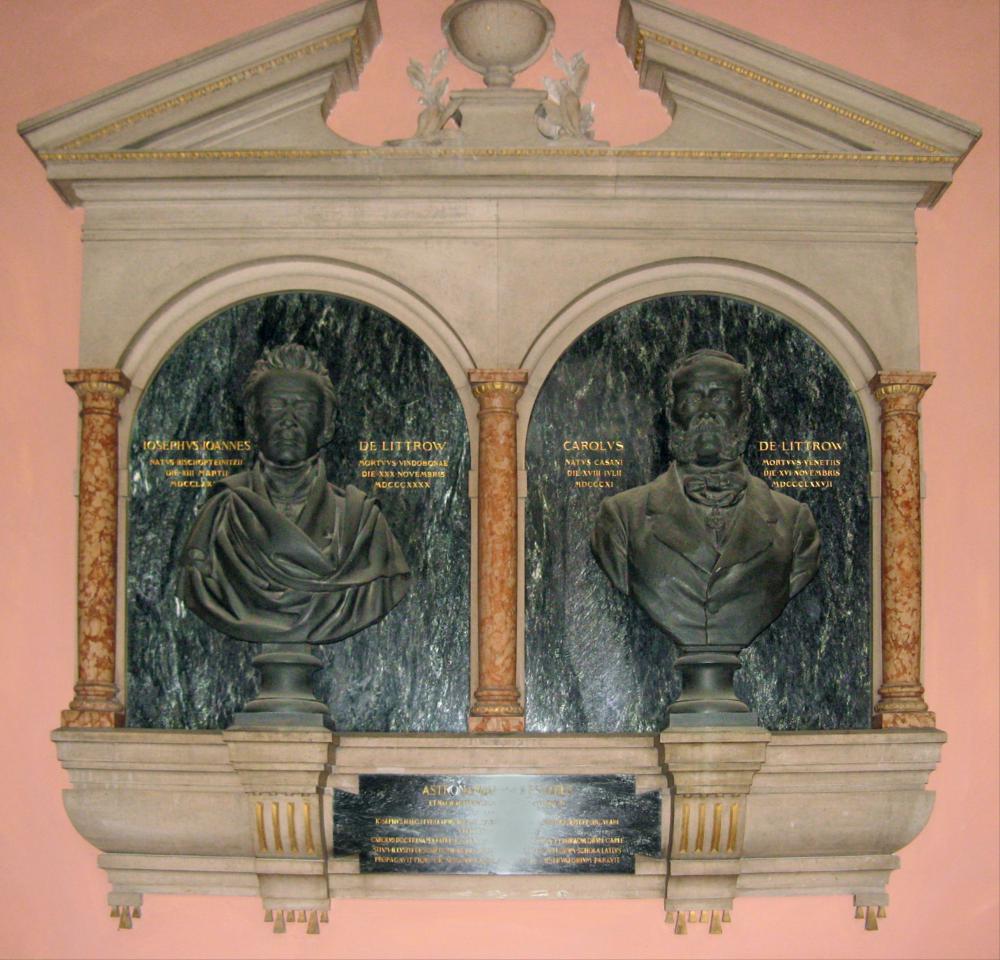
Fig. 3b. Monument for Joseph Johann von Littrow (1781--1840), (Wikipedia)
Thus, the observatory was completely redesigned; this reconstruction took place in 1825 under Francis I (1768--1835), who was as Francis II (Franz II.) the last Holy Roman Emperor from 1792 to 1806, and as Francis I the first Emperor of Austria, from 1804 to 1835.
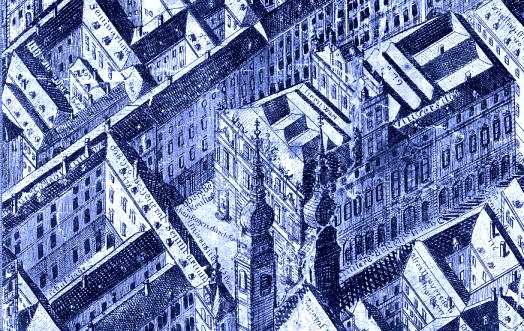
Fig. 4a. Old Vienna Observatory on "Wiener Vogelschauplan" by Joseph Daniel von Huber 1785 (Sammlung Woldan, Austrian Academy of Sciences)

Fig. 4b. Old Vienna Observatory and new Auditorium [Neue Aula], in the background the Jesuit church (Wikipedia)
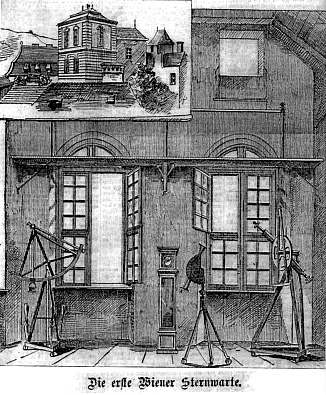
Fig. 4c. Observing room in the Old Vienna Observatory (Wikipedia)
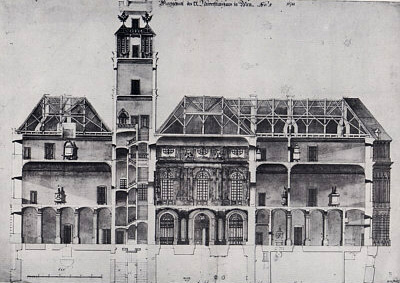
Fig. 4d. Old Vienna Observatory and new Auditorium [Neue Aula], (elevation of the building by Georg Mack 1784)
The existing instruments were improved, older instruments were removed. In addition to a meridian circle and a powerful comet seeker, the highlight was an excellent Fraunhofer refractor with an aperture of 6 inches (16cm).
A large hall was created for the movable instruments and a room with meridian slits. Observation rooms for the transit instrument and for the meridian circle were built on the roof terrace. In the western corner of the large observing hall, two towers with rotating domes were added. In 1831 the instrumentation was adapted to the technology of the time. In 1833 a third tower was erected. Furthermore, lounges and living quarters were built for the users of the observatory.
In order to be able to publish the observations in a suitable way, he founded the Annalen der Universitätssternwarte, which appeared regularly from 1821.
Scientific activities of the University Observatory:
- Geographical determination of longitude,
- Determination of the position of stars, planets and moons of Jupiter
- Publication of the Ephemerides Astronomicae
- Meteorological measurements -- weather observation
- Precise time keeping, sending of time signals, regulation of the Viennese tower clocks since 1822.
The new Vienna University Observatory was built in 1879, and is still in use today.
History
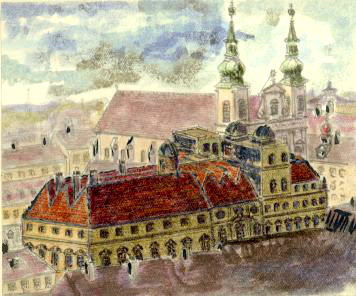
Fig. 5. Old Vienna University Observatory (1886), Archive of the Austrian Academy of Sciences)
Instruments
- Six-inch-Refractor, made by Fraunhofer of Munich
(this was the largest instrument) - Zenith telescope (Mittagsrohr)
- Small Refractor
- Universal instrument, made by Reichenbach of Munich
- Vertical circle of 24’’ diameter,
- Portable equatorial, an altitude and azimuth circle,
- 10- or 11-inch mirror sextant, made by Troughton,
- two more telescopes, made by Fraunhofer,
- a parallactic comet seeker,
- Kater reversion pendulum, a centering machine for rectification of the telescopes,
- two dynamometers, made by Ramsden and Carry to determine the magnification of the telescopes,
- five astronomical pendulum clocks, made by Molyneux, Graham, Auch and Geist, a gold-cased chronometer,
made by Arnold (formerly owned by Elisabeth von Matt) - Meteorological instruments, made by the Polytechnic Institute of Vienna
Some of the instruments are now in the museum of the "new" Vienna University Observatory.
Directors of the (old) Vienna Observatory
- 1756 to 1792 ┬À Maximilian Hell (1720--1792)
- 1792 to 1817 ┬À Franz de Paula Triesnecker (1745--1817)
- 1819 to 1840 ┬À Johann Josef von Littrow (1781--1840)
- 1842 to 1877 ┬À Karl Ludwig von Littrow (1811--1877)
Fig. 6a. Old Vienna University Observatory, today Austrian Academy of Sciences, wall paintings in the New Auditorium (Photo: Gudrun Wolfschmidt)
Fig. 6a. Old Vienna University Observatory, today Austrian Academy of Sciences, wall paintings with a telescope (Photo: Gudrun Wolfschmidt)
State of preservation
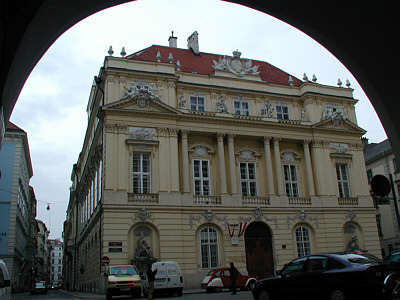
Fig. 6a. Former Old Vienna University Observatory, today Austrian Academy of Sciences (Photo: Gudrun Wolfschmidt)
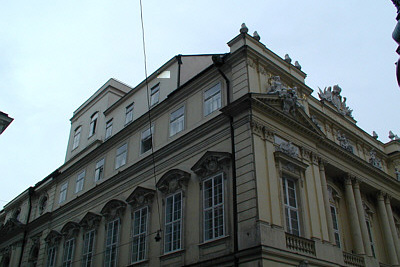
Fig. 6a. Former Old Vienna University Observatory on the roof, today Austrian Academy of Sciences (Photo: Gudrun Wolfschmidt)
The building of the old University Observatory is still in good condition (a small part of the observatory survived in the roof).
The building is used by the Austrian Academy of Sciences. The "Aula" [New Auditorium] has nice Baroque wall paintings.
Comparison with related/similar sites
It is a roof observatory like e.g. Dürerhaus in Nuremberg, Schwetzingen Castle Observatory, later in Mannheim, Marinoni Observatory, Mölkerbastei, Vienna, Würzburg Observatory, Celsiushuset in Uppsala.
Threats or potential threats
no threats
Present use
The old University Observatory was used from 1754 to 1879, when the new Vienna University Observatory was built.
Today it is the seat of the Austrian Academy of Sciences at Dr. Ignaz Seipel Platz.
Astronomical relevance today
The old University Observatory is no longer used for astronomy.
References
Bibliography (books and published articles)
- Aspaas, Per Pippin: Maximilian Hell (1720--1792) and the ends of Jesuit science in Enlightenment Europe, Leiden: Brill (Jesuit Studies; 27) 2019.
- Baum, Isolde; Bräuhofer, Günter & Thomas Posch: "An den Ehrw. P. Antonius Pilgram S.J. meinen substituirten Astronom in K. K. Observatorio in Wienn" -- Der Briefwechsel zwischen Anton Pilgram und Maximilian Hell während dessen Venustransitexpedition 1768/69 nach Vardø. In: Wolfschmidt 2020, p. 212--230.
- Bruhns, Karl Christian: Hell, Maximilian. In: Allgemeine Deutsche Biographie (ADB), Band 11. Leipzig: Duncker & Humblot 1880, p. 691-693.
- Ferrari d’Occhieppo, Konradin: Hell, Maximilian. In: Neue Deutsche Biographie (NDB), Band 8. Berlin: Duncker & Humblot 1969, p. 473 f.
- Firneis, Maria G.; Haupt, Hermann & Peter Holl: Sternwarten in Österreich. Österreichische Akademie der Wissenschaften 2005, Jesuitensternwarte.
- Hamel, Jürgen; Müller, Isolde & Thomas Posch: Die Geschichte der Universitätssternwarte Wien. Dargestellt anhand ihrer historischen Instrumente und eines Manuskripts von Johann Steinmayr. Frankfurt am Main: Harri Deutsch Verlag 2010.
- Karner, Herbert: Vom Jesuiterplatzl zum Universitätsplatz: Architektur und Programm. In: Scheutz, M.: Orte des Wissens. Bochum 2004, p. 397--412, 569--575.
- Karner, Herbert; Rosenauer, Artur & Werner Telesko: Die ├ûsterreichische Akademie der Wissenschaften: Bau- und Funktionsgeschichte des Hauptgebäudes. Wien 2007.
- Littrow, Joseph Johann von: Die Wunder des Himmels, oder gemeinfaßliche Darstellung des Weltsystems. 3 Teile. Stuttgart 1834--1836.
Band 1: Theoretische Astronomie oder allgemeine Erscheinungen des Himmels. Stuttgart: Carl Hoffmann 1834.
Band 2: Beschreibende Astronomie oder Topographie des Himmels. Stuttgart: Hoffmann’sche Verlags-Buchhandlung 1835.
Band 3: Physische Astronomie oder Gesetze der himmlischen Bewegungen. Beschreibung und Lehre vom Gebrauch der astronomischen Instrumente. Stuttgart: Hoffmann’sche Verlags-Buchhandlung 1836. - Müller, Isolde & Thomas Posch: Universitätssternwarte und Museum des Instituts für Astronomie. In: Feigl, Claudia (Hg.): Schaukästen der Wissenschaft. Die Sammlungen an der Universität Wien. Wien: Böhlau Verlag 2012, p. 179-183.
- Pärr, Nora: Wiener Astronomen -- Ihre Tätigkeit an Privatobservatorien und Universitätssternwarten. Universität Wien, Diplomarbeit, Januar 2001.
- Pärr, Nora: Maximilian Hell und sein wissenschaftliches Umfeld im Wien des 18. Jahrhunderts. Dissertation, Universität Wien 2011.
- Posch, Thomas: Zur Geschichte der Astronomie an der Universität Wien. In: Fröschl, K. Anton; Müller, G.B.; Olechowski, T. & B. Schmidt-Lauber: Reflexive Innensichten aus der Universität. Disziplinengeschichten zwischen Wissenschaft, Gesellschaft und Politik. Wien: Vienna University Press (Band 004) 2015, p. 417--428. https://doi.org/10.14220/9783737004152.417
- Schobesberger, Thomas: Die französische Venus-Transit-Beobachtung 1761 an der Wiener Jesuitensternwarte. In: Wolfschmidt 2020, p. 196--210.
- Wagner-Rieger, Renate: Das Haus der ├ûsterreichischen Akademie der Wissenschaften. Festgabe zur 125-Jahrfeier der Akademie. Wien, Köln, Graz 1972.
- Wolfschmidt, Gudrun (ed.): Internationalität in der astronomischen Forschung (18. bis 21. Jahrhundert). Internationality in the Astronomical Research (18th to 21st Century). Proceedings der Tagung des Arbeitskreises Astronomiegeschichte in der Astronomischen Gesellschaft in Wien 2018. Hamburg: tredition (Nuncius Hamburgensis -- Beiträge zur Geschichte der Naturwissenschaften; Band 49) 2020.
Links to external sites
- Sternwarten in Österreich. Österreichische Akademie der Wissenschaften 2005.
- Sternwarten (Wien-Wiki)
- Astronomie | Die Wiener Universitätssternwarte im Wandel der Zeit, 1755--1900, 650 plus - Geschichte der Universität Wien
- Ein Fenster zur Vernunft -- Die Katholische Aufklärung, ORF, Kreuz und Quer, 2022.
Links to external on-line pictures
no information available
No multimedia content published
Currently there is no multimedia content published for this case study






